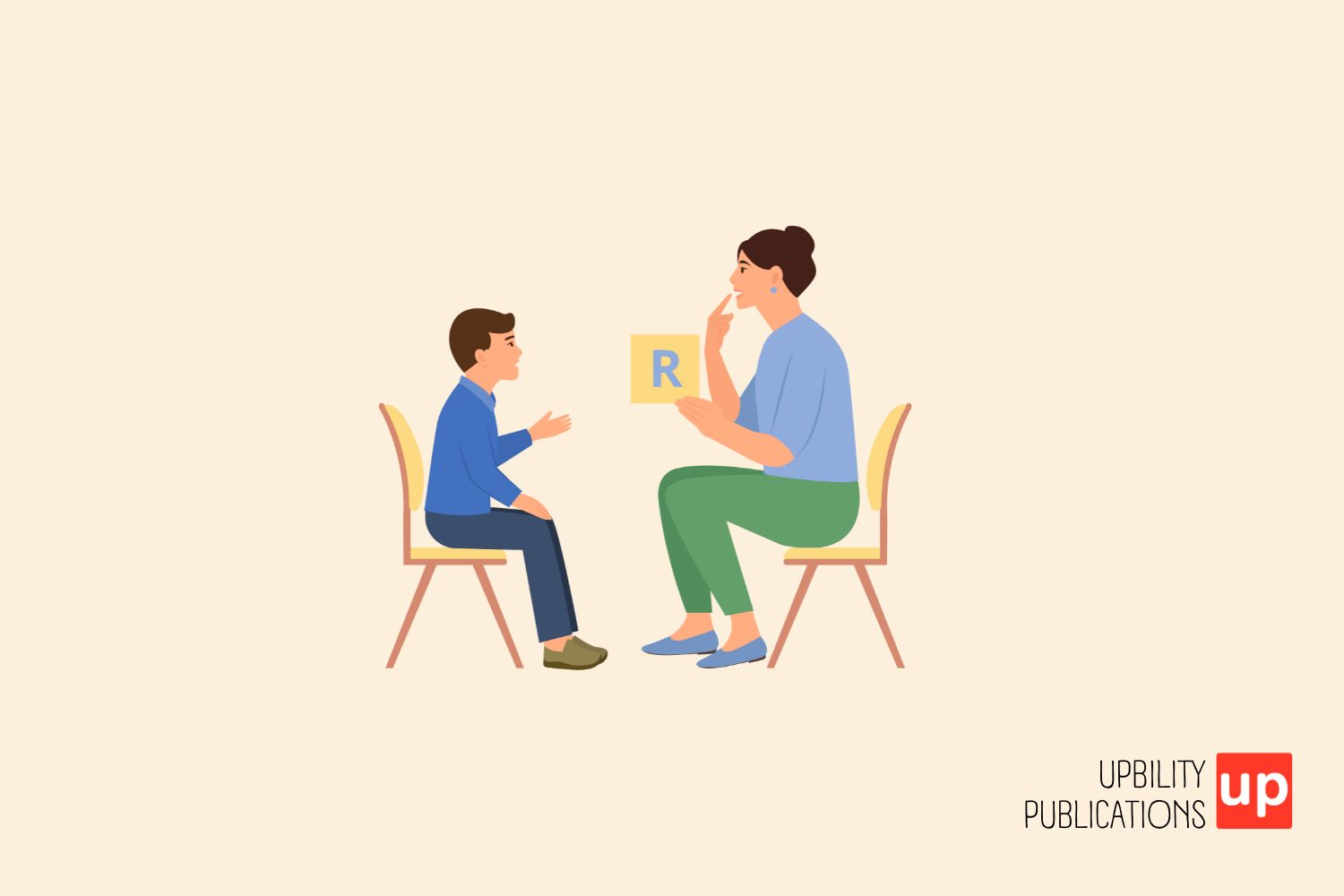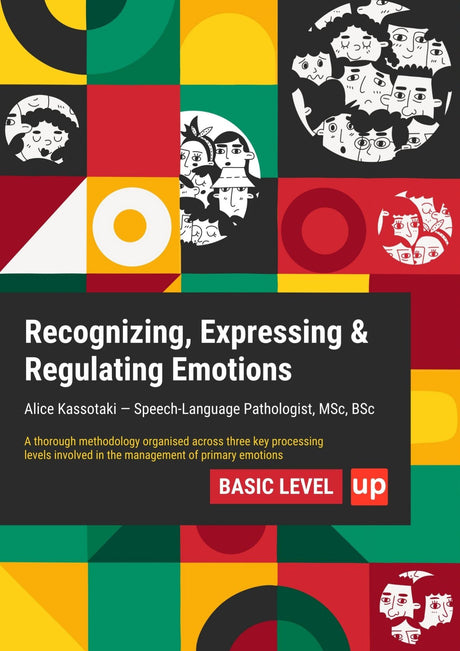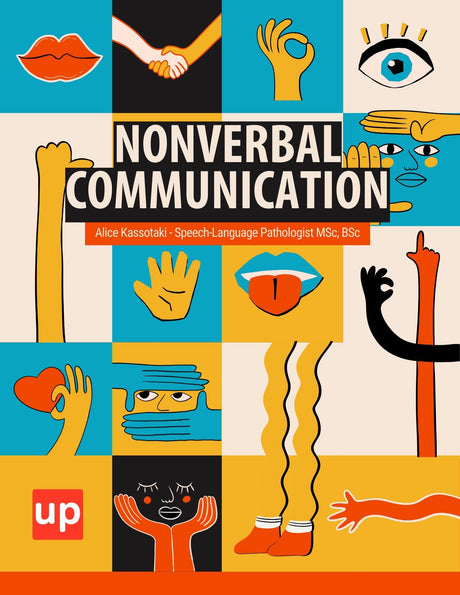Pediatric speech therapy is designed to help children who have difficulties with speech and language. Whether your child has trouble articulating words, comprehending language, or has a speech disorder, pediatric speech therapy can provide tailored interventions to support their development. In this article, you’ll learn about what pediatric speech therapy entails and how it can transform your child’s communication skills.
Key Takeaways
- Pediatric speech therapy enhances communication skills in children with various speech and language disorders, benefiting those with developmental delays, autism, and hearing impairments.
- Speech language pathologists are essential for delivering personalized treatment plans, utilizing individualized, family-centered, and play-based approaches to maximize therapy effectiveness.
- Early intervention and understanding financial resources are crucial for families seeking pediatric speech therapy, ensuring access to necessary services without undue financial strain.
Understanding Pediatric Speech Therapy

Pediatric speech therapy is designed to enhance a child’s ability to communicate and understand language effectively. This specialized form of speech therapy focuses on improving speaking and communication abilities, which are crucial for a child’s overall development and quality of life. The effectiveness of pediatric speech therapy can vary based on individual factors such as the child’s age and the nature of their speech disorder. For instance, some children may show rapid improvement, while others may require longer-term intervention.
In addition to addressing speech and language issues, pediatric speech therapy services in Spanish aim to provide culturally sensitive care, promoting respect and understanding of diverse linguistic backgrounds. This approach ensures that all children, regardless of their primary language, receive the support they need to develop their communication skills.
Understanding pediatric speech therapy’s multifaceted nature can help parents appreciate the comprehensive care their child will receive.
Who Benefits from Pediatric Speech Therapy?
Pediatric speech therapy can significantly improve communication skills in a wide range of children, from those with developmental delays to those with congenital conditions. Children experiencing developmental delays often require speech therapy to enhance their communication abilities, allowing them to better interact with their peers and caregivers. Kids on the autism spectrum can also benefit greatly from tailored speech therapy interventions, which focus on addressing their unique communication challenges.
Moreover, speech therapy can assist children with hearing impairments by developing effective communication strategies, helping them to better navigate their auditory environment. Children born with a cleft palate may receive specialized speech therapy to improve their articulation and speech clarity.
Additionally, kids with congenital health conditions often require speech therapy to address their specific communication needs. Even children with selective mutism, a complex anxiety disorder, can benefit from speech therapy, which helps them find their voice in specific situations.
The Role of a Speech Language Pathologist
Speech language pathologists (SLPs) are highly trained professionals who play a pivotal role in pediatric speech therapy. Certification for SLPs typically requires a master’s degree and supervised clinical experience, ensuring they are well-equipped to handle the complexities of speech and language disorders. These specialists evaluate and treat a wide range of communication disorders, including feeding and swallowing disorders. Their expertise allows them to tailor treatment plans to the individual needs of each child, ensuring the most effective intervention. A certified speech language pathologist can provide specialized support in these areas.
Speech language pathologists work with children to improve their language skills, enhance their ability to communicate effectively, and address any feeding or swallowing issues they may have. They determine treatment based on the child’s specific situation, considering factors such as age, type of disorder, and individual needs. By fostering a supportive and therapeutic environment, SLPs help children develop the skills they need to thrive in their daily lives through speech language pathology.
Common Speech and Language Disorders in Children

Children can experience a variety of speech and language disorders, each requiring specific interventions by speech language pathologists. These professionals assess and address a range of communication and swallowing disorders, ensuring that each child’s unique needs are met.
One common disorder is childhood apraxia of speech, where children have difficulty coordinating the muscle movements necessary for speech. Dysarthria, another speech disorder, affects speech clarity due to issues with muscle control. Fluency disorders, such as stuttering, and orofacial myofunctional disorders, which impact eating and speech, are also prevalent among children.
Children with hearing impairments may face delays in speech and language development due to difficulties in hearing certain sounds, making early intervention crucial. Addressing these disorders early on can significantly improve a child’s ability to communicate and hear sounds with their environment.
Speech language pathologists and speech pathologists also work with children who have resonance disorders, which affect the quality of their child’s voice, and those with selective mutism, a condition where a child can speak in some situations but not others due to anxiety. Each of these disorders requires a tailored approach to therapy, ensuring the child receives the most effective treatment possible.
Understanding and addressing these common speech and language disorders allows SLPs to help children overcome their communication challenges.
Evaluation Process for Speech Therapy
The evaluation process for speech therapy begins with a thorough consultation to discuss the child’s speech and language concerns and to set goals for therapy. This initial step includes gathering a detailed case history, which provides essential information about the child’s medical background and speech development. Formal assessments and evaluations are then conducted to evaluate specific areas of concern, such as articulation and fluency. These assessments help speech language pathologists determine the most appropriate treatment plan for each child.
The first therapy session focuses on establishing a rapport between the therapist and the child, which is crucial for a successful therapeutic relationship. During this session, the therapist reviews the evaluation findings with the parents and discusses whether ongoing treatment is necessary. If therapy is recommended, the therapist will help schedule future appointments and may suggest home activities to support the child’s development. Early intervention is crucial, as it is associated with better outcomes for children facing speech and language challenges.
In some cases, if no immediate treatment is necessary, the therapist may advise monitoring the child’s progress over time. This ongoing evaluation ensures that any emerging issues are addressed promptly. Early identification of speech issues is essential, as starting therapy at the first sign of a communication problem can maximize progress and improve the child’s overall quality of life.
Types of Pediatric Speech Therapy Treatments

Pediatric speech therapy encompasses various methods to effectively address children’s communication needs. These methods include individualized treatment plans, family-centered care, and play-based techniques. Each approach is designed to cater to the unique requirements of each child, ensuring they receive the most effective treatment possible. These diverse methods allow speech language pathologists to create a tailored therapy plan that best supports the child’s development.
Individualized treatment programs focus on addressing each child’s specific communication needs and goals. Family-centered care emphasizes the involvement of family members in the therapy process, enhancing the child’s progress and development. Play-based therapy techniques use engaging activities to facilitate effective learning and therapy for children.
These comprehensive treatment options ensure that children receive several types of support they need to thrive.
Individualized Treatment Programs
Speech language pathologists develop individualized intervention plans to help children improve their communication skills. These personalized treatment plans are crucial for addressing a child’s unique speech and language needs. Focusing on areas like vocabulary enhancement and articulation improvement allows therapists to tailor their approaches to each child’s challenges. Customized treatment programs are developed based on a child’s specific challenges and strengths, ensuring targeted improvement.
Collaboration with educators is also a key component of individualized treatment programs. Speech language pathologists work closely with teachers to create supportive learning environments for children with communication disorders. This collaborative approach helps ensure that the child receives consistent support both in and out of therapy sessions, maximizing their progress and development.
Family-Centered Care
Family-centered care involves the active participation of family members in the therapy process, which is crucial for a child’s recovery. Engaging families in therapy sessions enhances the effectiveness of speech services for children by creating a collaborative and supportive environment. Parent involvement during assessments can help create a comfortable setting and reveal the child’s skills in a more natural context.
Involving family members in therapy helps reinforce skills learned during sessions and fosters a supportive environment for the child’s progress. Speech language pathologists provide guidance and education to families and caregivers about communication challenges, enabling them to better support their child’s development.
This holistic approach ensures that the child receives consistent encouragement and practice at home, enhancing the overall effectiveness of the physical therapy.
Play-Based Therapy Techniques
Play-based therapy techniques are an integral part of pediatric speech therapy, utilizing engaging activities such as games and storytelling to make the sessions enjoyable and effective for children. These playful exercises encourage natural learning and keep children engaged in their speech development. Incorporating these activities into therapy sessions allows speech language therapists to create a positive and motivating environment for the child.
Utilizing playful activities can significantly increase children’s engagement during speech therapy, making the learning process more enjoyable and effective. During the evaluation, therapists may engage the child in play to assess their communication skills in a natural setting. This approach helps children feel more comfortable and willing to participate, ultimately improving their therapy outcomes.
Specialized Services for Unique Needs

Specialized services in pediatric speech therapy cater to children with unique communication needs, ensuring all children have access to effective therapeutic support. These services address the specific challenges faced by children with varying needs, fostering an inclusive approach in pediatric speech therapy.
Two key areas of specialized training services include therapy for deaf or hard-of-hearing children and Spanish speech therapy, each designed to provide tailored support for these unique populations.
Therapy for Deaf or Hard-of-Hearing Children
Developing communication skills is crucial for children who are deaf or hard of hearing as it plays a fundamental role in their ability to interact and engage with others. Therapy for these children often involves a combined approach using both speech and sign language to enhance communication. This approach ensures that children can develop their speech abilities while also having a reliable means of communication through sign language.
Sign language can be an integral part of communication strategies for children with significant hearing loss. Incorporating both speech and sign language enables speech-language pathologists to provide comprehensive support tailored to each child’s hearing capabilities. This dual approach helps children maximize their communication potential and fosters greater independence and confidence in their interactions.
Spanish Speech Therapy
Spanish speech therapy provides culturally competent care for Spanish-speaking children, ensuring they receive quality therapy that respects their language and cultural background. Bilingual speech-language pathologists are essential for delivering effective therapy to Spanish-speaking families, as they can address language delays in both English and Spanish. This approach helps children develop their communication skills in both languages, fostering better overall language development.
Focusing on both English and Spanish communication skills, bilingual speech therapy effectively addresses the unique needs of Spanish-speaking children. This dual-language approach ensures that these children receive the support they need to thrive in both their home and educational environments, enhancing their ability to express their thoughts and feelings through words.
Culturally competent care promotes respect and understanding, helping children feel more comfortable and supported in their patient therapy team journey.
Financial Considerations for Pediatric Speech Therapy

Understanding the financial aspects of pediatric speech therapy is crucial for families seeking these services. Health insurance coverage for speech therapy benefits can vary significantly by plan and employer, so it’s essential to thoroughly review your policy to understand what’s covered. Authorization or precertification may be required by insurance before starting speech therapy services, so be sure to check these requirements in advance.
Medicaid provides coverage for speech therapy services, but eligibility and available benefits can differ from state to state. Additionally, some foundations and charities may offer grants and assistance for families needing help with speech therapy costs. Exploring these financial resources can help ensure that children receive the necessary therapy without causing undue financial strain on the family.
How to Get Started with Pediatric Speech Therapy
Finding the right pediatric speech therapist is key for effective therapy outcomes. Parents should look for therapists with specialized certifications and experience working with children. Seeking pediatric speech therapists in specialized clinics and educational institutions can be beneficial. Reading reviews or obtaining referrals from trusted sources can also help assess the quality of potential speech therapy services.
Children typically experience better results when they work with therapists who can adapt their methods to cater to individual needs and ideas. For families with young children, for example, publicly funded Early Intervention services are available, often at no cost or on a sliding scale.
University speech clinics also offer lower-cost services for speech therapy, supervised by licensed professionals. These resources can help families visit the right support for their child’s school speech and language development.
Upbility offers a range of innovative resources and tools designed to support pediatric speech therapy. Their comprehensive materials, including digital workbooks and interactive activities, are crafted by experts in the field to enhance a child's communication skills and language development. By utilizing Upbility's resources, speech language pathologists and families can access effective strategies and techniques to address various speech and language disorders, ensuring that each child receives personalized and engaging therapy tailored to their unique needs.
Summary
Summing up, pediatric speech therapy plays a vital role in enhancing a child’s ability to communicate and understand language. It caters to a wide range of needs, from developmental delays to congenital conditions, and involves the critical expertise of speech language pathologists. Understanding the evaluation process, types of treatments, specialized services, and financial considerations can help parents navigate this important aspect of their child’s development.
Ultimately, the goal of pediatric speech therapy is to provide children with the tools they need to thrive. By addressing communication challenges early and effectively, parents can help their children build a strong foundation for future success. Remember, every child deserves the opportunity to express themselves clearly and confidently.
Original content from the Upbility writing team. Reproduction of this article, in whole or in part, without credit to the publisher is prohibited.
Frequently Asked Questions
What is pediatric speech therapy?
Pediatric speech therapy is designed to improve a child's communication skills and language understanding, addressing disorders that may impact their overall quality of life. This therapy plays a crucial role in supporting effective speaking and communication abilities.
Who can benefit from pediatric speech therapy?
Pediatric speech therapy can benefit children with developmental delays, those on the autism spectrum, children with hearing impairments, and those facing congenital conditions such as cleft palates or selective mutism. These interventions can significantly improve their communication skills and overall quality of life.
What qualifications do speech language pathologists have?
Speech language pathologists usually possess a master's degree in speech-language pathology and have completed supervised clinical experience. They are certified professionals skilled in evaluating and treating communication, feeding, and swallowing disorders.
What are some common speech and language disorders in children?
Common speech and language disorders in children encompass childhood apraxia of speech, dysarthria, stuttering, orofacial myofunctional disorders, and delays linked to hearing impairments. Recognizing these disorders early can significantly aid in effective intervention and support for affected children.
How can families afford pediatric speech therapy?
Families can afford pediatric speech therapy by utilizing health insurance plans that cover such services, as well as seeking assistance from Medicaid in certain states. Exploring grants and support from foundations and charities can also provide financial relief for therapy costs.
References
-
American Speech-Language-Hearing Association. (2023). Pediatric Speech-Language Pathology. Retrieved from https://www.asha.org/public/speech/disorders/Pediatric-Speech-Language-Pathology/
-
Mayo Clinic. (2023). Speech therapy for children: What you need to know. Retrieved from https://www.mayoclinic.org/tests-procedures/speech-therapy-for-children/about/pac-20394671
-
National Institute on Deafness and Other Communication Disorders. (2023). Speech and Language Developmental Milestones. Retrieved from https://www.nidcd.nih.gov/health/speech-and-language
-
Centers for Disease Control and Prevention. (2023). Developmental Monitoring and Screening for Health Professionals. Retrieved from https://www.cdc.gov/ncbddd/childdevelopment/screening-hcp.html
-
American Academy of Pediatrics. (2023). Early Intervention for Children with Developmental Delays. Retrieved from https://pediatrics.aappublications.org/content/early/2023/01/01/peds.2023-001234
-
National Institute on Deafness and Other Communication Disorders. (2023). Voice, Speech, and Language. Retrieved from https://www.nidcd.nih.gov/health/voice-speech-and-language









